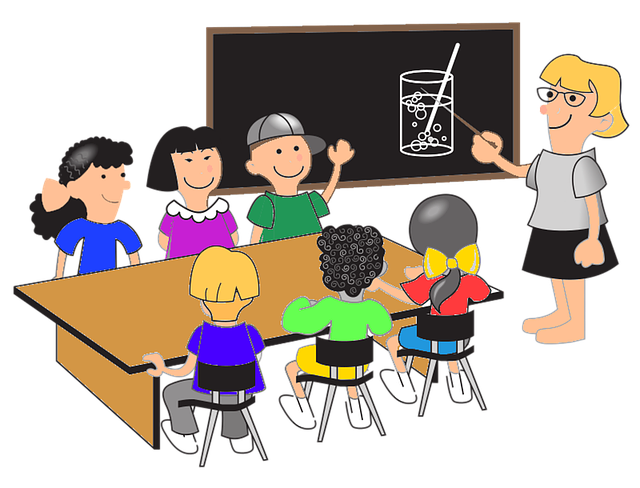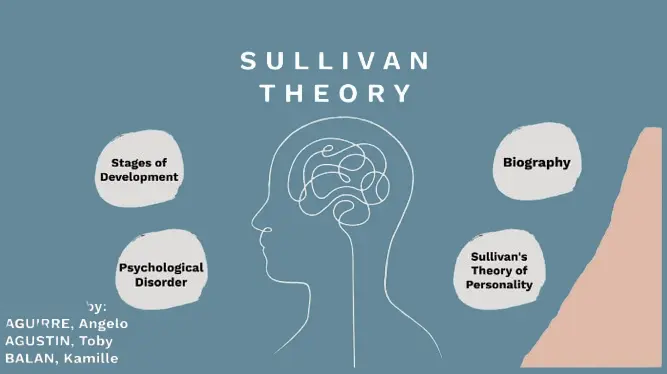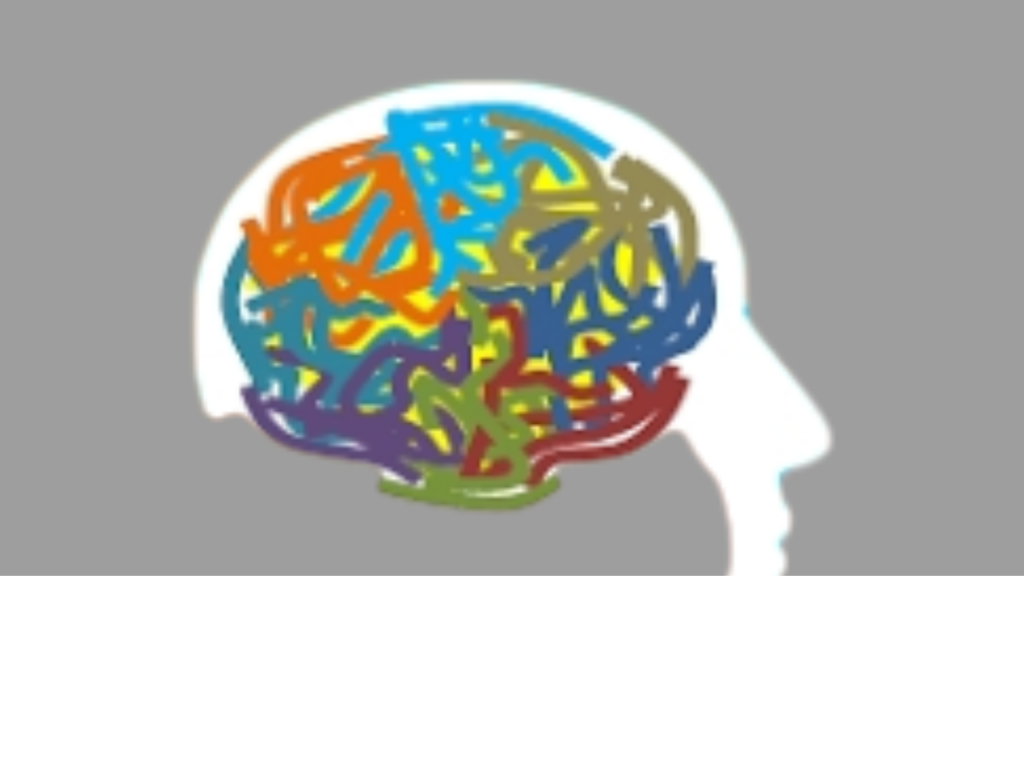An expanding area of psychology called sociocultural theory examines how society shapes personal growth. This approach, which has gained popularity during the 1990s, can be used in socializing and play contexts as well as educational settings.
The significance of social interaction in psychological development is emphasized by sociocultural theory. It implies that social connections play a major role in human learning and that our cognitive processes are shaped by the people we deal with who possess “more skill.”
Sociocultural perspective
In psychology, the sociocultural approach focuses on how circumstances and cultural elements influence an individual’s thought and behavior. It also takes into account the ways in which thought and behavior vary between cultures and between contexts. Shared customs and beliefs that are transmitted over generations make up culture.

Any group that the person belongs to potentially make up the social group. As a matter of fact, the majority of people are members of numerous social groups. These consist of racial, religious, and gender groups, among others. Peers, for instance, have a big impact on you, but so do your family, your socioeconomic class, and your race. A female will develop differently from a male, assuming all other features remain the same. The development of a wealthy woman differs from that of a poor woman.
The ways in which you continue to develop will vary depending on the circumstances in which you find yourself. For instance, your social groups will influence you differently as you mature from childhood into adolescent. Most discover that a person’s family has a greater influence on their childhood than their peer groupings. But when you become older, such in adolescence, your peers have a greater effect than your family.
According to the social-cultural perspective, a person’s destiny is influenced by every group to which they belong. A psychologist can only truly comprehend. what a person will do if they have a thorough awareness of all the social groups in which they participate and of the complete impact that these groups have on their lives. This will enable you to comprehend the actions.
For example:
Megan was raised in a rural area. She is in charge of feeding the hens every morning; her family has always raised animals. The hens require letting out of their pen before to breakfast because they wake up early. Prior to eating her own meal, she must also ensure that the eggs are collected. Megan must begin her tasks at six in the morning, so she gets up at that time every morning.
Eliza was raised in a city. All she has to do is get dressed before eating breakfast. She detests having to wake up early, and frequently stays up until 7:30 am in order to eat breakfast promptly . And catch the bus at 8 am.
The two girls are the same age and must attend school, but due to their upbringing. they wake up at various times of the day. They have distinct interests as well as different tasks that need to be accomplished. Eliza dislikes getting up early and doesn’t have to because she is not required to by her social groups. Megan like rising early, though, and
History of Social-Cultural Perspective

Lev Vygotsky, a psychologist, developed sociocultural theory based on his belief that higher-order functions are developed by parents, caregivers, peers, and the community at large. Vygotsky believed that social interaction is the foundation of learning. Following this, the data is subsequently included at the individual level.
According to Vygotsky, children’s minds are predisposed to certain basic biological limitations from birth. Still, every culture offers “tools of intellectual adaptation.” With the aid of these tools, kids can make use of their skills in a way that fits with their culture.
One culture might, for instance, place a strong emphasis on note-taking as a memory technique. Someone else might make use of methods like rote memorization, which is a repetition-based strategy, or reminders. These subtleties shape a child’s learning process by giving them the “tools” that fit their cultural context.
Born in 1896, Vygotsky was a contemporary of such notable philosophers as Skinner, Piaget, and Freud; nevertheless, his views were initially less well-known due to his early death at the age of 37 and the suppression of his work in Stalinist Russia. His theories have gained traction in fields like child development, cognitive psychology, and education as his work has been published more widely.
Sociocultural theories in psychology
The sociocultural method is credited to Russian psychologist Lev Vygotsky as its founder. Vygotsky’s approach is referred to as the sociocultural theory of cognitive development because his field of study was developmental psychology. His area of study was the cognitive growth and learning of young children in the setting of their culture. Internalization is the process by which a person takes in knowledge from their social and cultural surroundings. It means accepting societal norms, morals, and views on an internal level as one’s own.

Vygotsky’s sociocultural theory
The sociocultural theory of cognitive development proposed by Vygotsky focuses on the ways in which a child’s interactions with their social environment shape their mental development.
Through his writings, Vygotsky clarified how a child’s relationships with their parents, siblings, teachers, and other adults shape their values, approaches to solving problems, worldviews, and methods of making sense of the world. In particular, he thought that the adults in the child’s life—parents and teachers, for example—would act as mentors in helping the child pick up new abilities. This framework, which offers youngsters temporary support in their growth, is known as scaffolding.
The zone of proximal development (ZPD) notion is attributed to Vygotsky. This idea recognizes that kids have a variety of talents and abilities, some of which they can do without assistance and others of which they can do with it. The zone of proximal development is the area between what a child can accomplish easily and what is too tough for them to perform, even with assistance. Here’s where they can learn new skills from someone who is more knowledgeable about the particular skill than they are. According to Vygotsky, language serves as one of the most significant social mentoring instruments and offers essential cognitive building blocks.
Nine Classroom Uses for Lev Vygotsky’s Theory
The Socio-cultural theory, which has its roots in Vygotsky’s work, highlights the significant role that social contact, cultural resources, and teamwork have in the learning process. Nine examples of how socio-cultural theory is used in the classroom, covering a range of disciplines in both elementary and secondary school, are as follows:
1. Collaborative Learning: Students of various skill levels benefit from group work and teamwork as it promotes social learning and deepens individual comprehension.
2. Including Cultural resources: Learning can be made more relatable and engaging by incorporating cultural objects and resources that are pertinent to students’ cultural development.
3. Apprenticeship in Thinking: Using an apprenticeship model, teachers serve as mentors, guiding students through direct instruction and progressively handing over responsibility.

4. Encouraging Private Speech: Students’ mental processes and self-regulation are supported when they are encouraged to talk to themselves while solving problems.
5. Integrating Social Environment: Fostering a classroom atmosphere that mirrors the community’s social milieu strengthens the bond between academic instruction and practical application.
6. Differentiating Instruction According to Ability Levels: Learning stays in the students’ zone of proximal growth when instruction is adapted to match their existing proficiency.
7. Making Use of Verbal education: Prioritizing spoken education and conversation encourages critical thinking and a more thorough comprehension.
8. Using Sociocultural Approaches in Assessment: Examining pupils in a social setting as opposed to only individually offers a more comprehensive picture of their educational development.
9. Promoting Social Responsibility: Social learning and civic education are integrated when social responsibility is promoted through community projects.
Benefits of the sociocultural psychology perspective
- Psychology’s theories are often excellent resources for assisting us in comprehending and providing an explanation for our actions and thoughts. Theories might also aid in behavior prediction.
- To comprehend why people act and think in certain ways, it is crucial to consider the social and cultural aspects that are the emphasis of the sociocultural approach.
- Developmental psychologist Jean Piaget’s work on cognitive development through interactions with the physical environment was complemented by Vygotsky’s sociocultural approach, which offered an alternate perspective on cognitive development.
- Our sociocultural settings do not always impart the same lessons to us. When we are young, we may absorb and accept ideas from our surroundings. But as we get older, we might interact with people from different cultures and social settings, which could alter the ideas we ultimately decide to internalize and accept as our own.
Drawbacks of the social psychology perspective
- Psychology’s social approach frequently minimizes individual accountability and autonomy.
- Although our behavior and thought processes are influenced by sociocultural factors. There are other elements at play, and every individual is different.
- There are other things than sociocultural variables that affect cognitive development.
- Language’s power is central to Vygotsky’s theory of sociocultural cognitive development. The scaffolding process mainly relies on spoken directions. This might not be as significant or applicable in other cultures and educational contexts, though.
- It’s challenging to assess Vygotsky’s idea scientifically.



